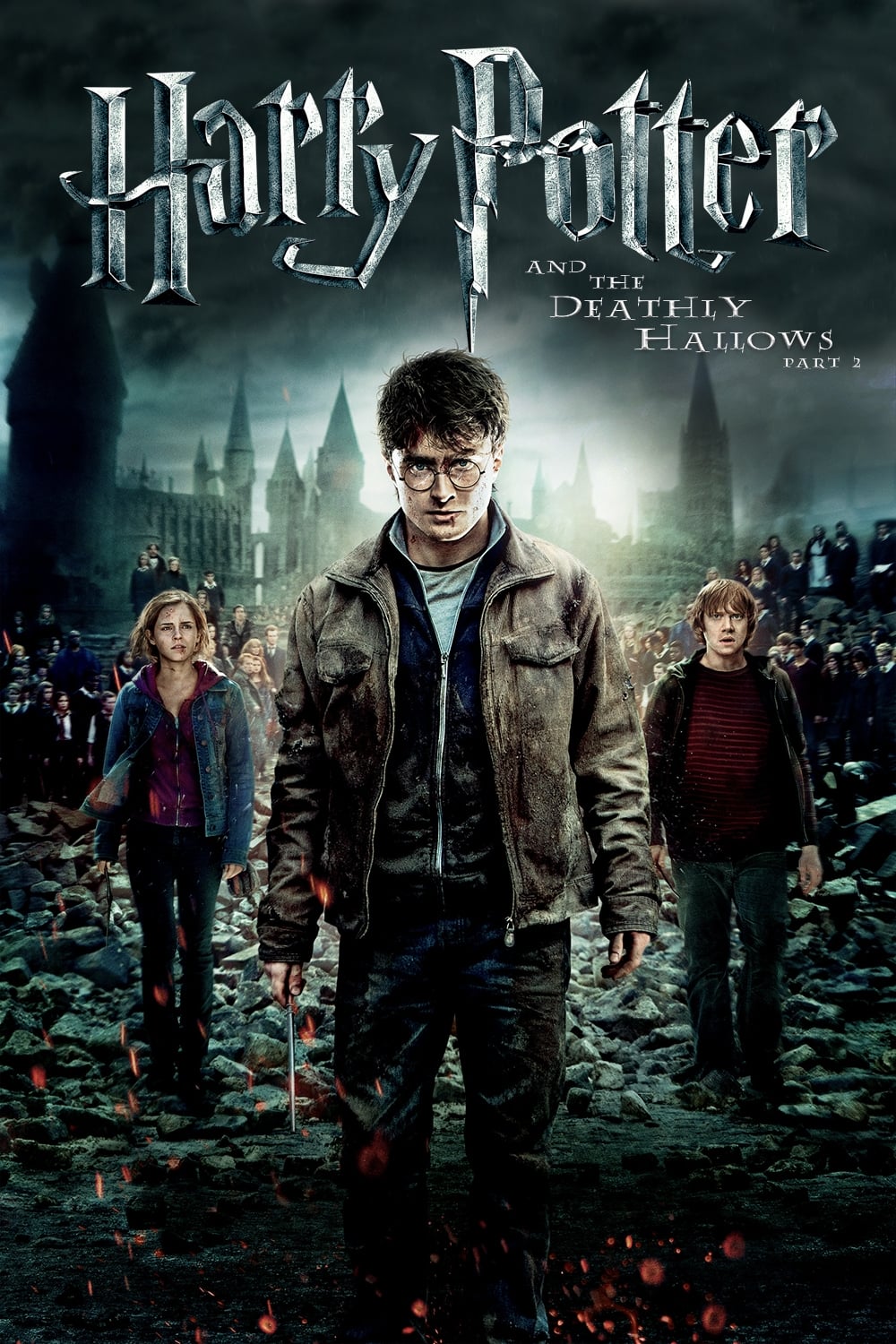
Harry, Ron and Hermione continue their quest to vanquish the evil Voldemort once and for all. Just as things begin to look hopeless for the young wizards, Harry discovers a trio of magical objects that endow him with powers to rival Voldemort's formidable skills.
10 Feb Harry Potter and the Deathly Hallows: Part 2 (2011)
Jarndyce and Jarndyce
I have read only a small portion from the books, but enough to understand the woman‘s approach. I have, however, attentively watched all the films. This comment applies to the entire saga with some attention to the final two.
Charles Dickens invented a style of writing that is well suited to some kinds of cinematic adventure. What he would do is invent a world, and thoroughly understand its dynamics. These really were invented worlds, though today they appear as though he was writing about his own. He was an absolute genius at discovering certain objects and characters in these worlds and giving them powerful names. Then he would let his characters loose; he literally would write and publish the first episodes of what we read today as whole books. He would send the chapters out, trusting that his named entities would weave their own story. The result is pure joy when reading because the world is whole enough to carry us.
It is also why his books all end clumsily.
Rowling works very much in this style, the first chapters sent aloft while the story is still soft; the impressive ability to name things; the creation of a universe of sorts. As though she understands this, her alternative world is extended not from our modern technological one, but from Dickens‘ Victorian England. The filmmakers, starting with Columbus, understood this and adapted what they supposed we supposed were Victorian manners, costumes and architecture. The dragons are sourced not from modern models but from drawings of that period.
So the strength is that we are sucked into the world. Usual offences from clumsy plots, unnecessary events, artificially placed combat and all are made invisible because we care not about the story per se, but the world that supports it. We care less about any of the characters, than the names the carry. That is Dickens‘ gift. I do like a few names Rowling devised; they are worthy.
Otherwise (meaning without the Victorian art, and Dickensian names) we may just as well be watching a Michael Bay film.
The previous film had a folding device I appreciated. We are told a story that is supposed to be central, the story of the ‘Deathly Hallows.‘ Now as it turns out, the three objects described in the story are not any more central than any of the other named objects, but we don’t know that in the seventh film. The story is told in a shadow puppet form, one we have seen a couple times already this year. The level of abstraction is the same from the Harry Potter universe as that universe is from ours, which is why it matters in the end that Harry destroys one of the three objects.
Previous films, starting with the fourth I believe, had the ‘pensieve,‘ a clever device which allows Harry to see movies of the past. The dynamics of the thing are strange because they are supposed to be recreated memories, but the viewer sees them cinematically. We gloss over the difficulty just as we do with alien invaders speaking English. I did appreciate the design of this thing as it evolved in the films, but it retains the inkflows. That works well in combination with the inkflow-like trails of Voldemort‘s flying minions.
Lily Evans as a redheaded girl is adorable.
Posted in 2011
Ted’s Evaluation — 3 of 3: Worth watching.


No Comments